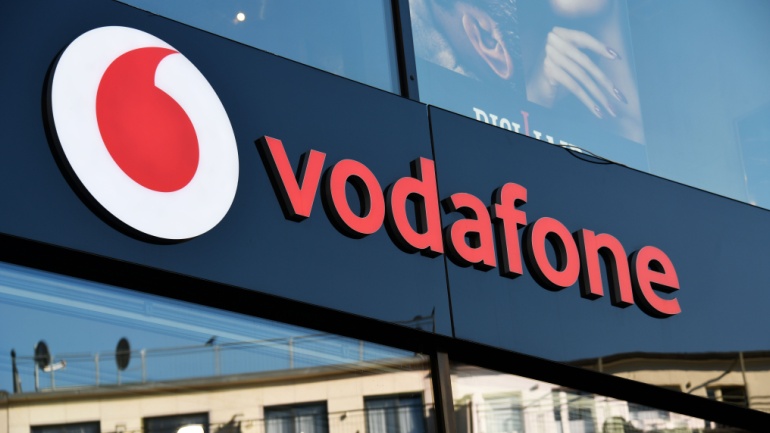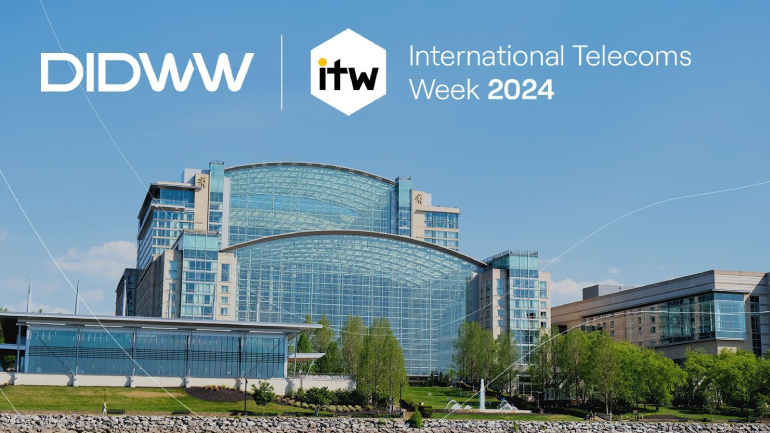Continuing their established partnership, Swisscom and Ericsson unveiled a multi-year agreement to boost Swisscom’s innovation and increase energy efficiency for its 5G network. The pact includes Ericsson’s Intelligent Automation Platform, facilitating advanced network management. Their united effort aims to significantly enhance user experience, while also pushing for sustainability and substantial operational savings.
Vodafone Idea is initiating one of India’s largest follow-on public offerings, seeking to amass roughly $2.16 billion. Placing the firm under pressure is its struggle against a decreasing market share and encumbering debt, the result of fierce competition within India’s telecommunications industry. Despite currently being hindered by its financial situation to invest in network enhancements, expectations linger for the telecom’s debut of 5G services by year’s end.
Salvador Technologies, a leading provider of cyber-recovery solutions, has gained substantial investment from European telecommunication giant Deutsche Telekom. The investment, by Deutsche’s hubraum Fund, aims to bolster emerging tech businesses, with Salvador planning to use the funding to advance its sales distribution, focusing on mitigating the impact of cyber-attacks.
Come April 10, as Federal Communications Commission’s new rules take effect, ISPs with over 100,000 subscribers will have to display ‘nutrition’ labels detailing broadband plans. These labels will reveal data about costs, speed, privacy, and more – boosting transparency. However, this also poses administrative challenges for ISPs, especially when changes occur.
Telinta, a global leader in cloud-based softswitch solutions, and Commio, a leading cloud voice and messaging API platform, are pleased to announce a special joint promotion for VoIP service providers. Using Telinta’s cloud-based TeliCoreTM softswitch platform, VoIP service providers can easily use Commio’s VoIP inbound and outbound calling to offer Hosted PBX, SIP Trunks, Business and Residential VoIP, Mobile and Desktop VoIP, WebRTC, Calling Card, Pinless, and other popular VoIP services.
DIDWW, a global telecoms provider specializing in top-quality VoIP communication and SIP trunking solutions for businesses and telecom carriers, has announced its participation in International Telecoms Week (ITW) 2024, the world’s largest wholesale telecommunications event.
Broadband aficionado, LilaConnect, gears up to provide a defining stride to residents and businesses in Leek and Stoke-on-Trent. It aims to elevate digital living by expanding its highly promising gigabit full-fibre network to over 6,900 properties in the course of 12 weeks. The impact is massive! Visible improvements include swift data transmission, a stable network, and low latency favouring seamless online activities.
The transformative growth of AI is undeniably impressive but raises several concerns. Despite their potential for innovation, GenAI advancements could blur the line between fact and fiction, adding to the challenge of distinguishing authentic information. NTT calls for flexible but robust regulations to manage potential threats to trust and democracy, citing the need for education, copyright updates, and content labelling.
With a hefty $6.6 billion subsidy by the U.S. government, Taiwan Semiconductor Manufacturing Co (TSMC) embarks on an unprecedented development in semiconductor industry. This boost is not only expected to foster job creation with an estimate of up to 6,000 high-tech positions but also promises to democratize access to advanced technologies.
Darryll Dewan, CEO of Total Site Solutions (TSS), unveils the dynamic landscape of data centers in 2024. TSS’s report highlights key trends: modular data centers’ rise, heightened security needs, sustainability emphasis, and the widening skills gap. Dewan emphasizes adaptability amid AI-driven shifts, underscoring the need for proactive planning and collaboration.













